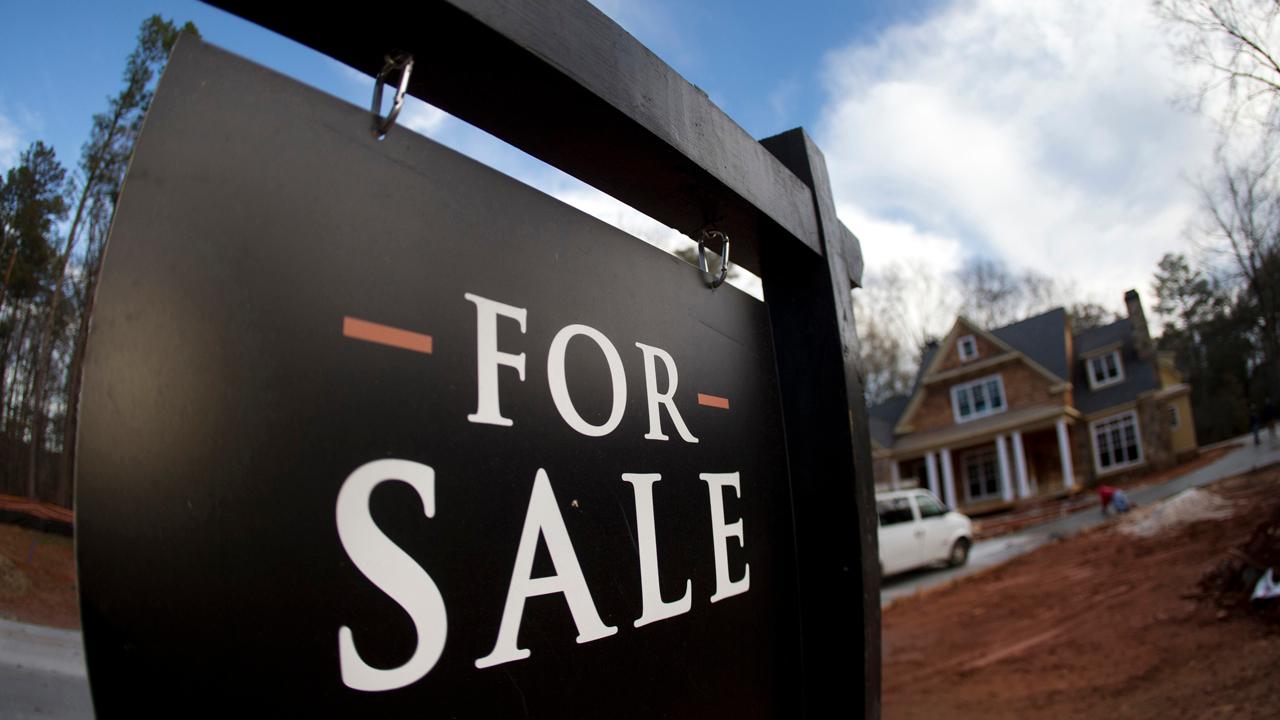Older Americans spending big on home improvements - here's why
One decade after the financial recession, new home construction has remained relatively sluggish -- meaning that American homes are getting older, and as a result, homeowners are funneling more money into remodeling.
A new report published by Harvard University’s Joint Center for Housing Studies found that in 2017, Americans spent a whopping $425 billion on home improvements, a record high; that represents a 10 percent increase from 2015 and a more than 50 percent jump from 2010.
Baby boomers are largely to thank for that upswing in home renovations; as they start to age into their 70s and 80s, that generation is beginning to spend more on investments to improve accessibility so they can remain in their homes instead of relocating.
“Homeowners age 55 and over have dominated the home-remodeling market for nearly a decade, overtaking middle-aged owners as the primary source of home improvement spending,” the report said. “Older homeowners are living longer and are increasingly willing and able to spend for home improvements that allow them to remain safely in their current homes.”
Aggregate spending among older homeowners grew more than 150 percent over the decades, climbing to $117 billion, the study found. Comparatively, total market spending was up just 9 percent among owners under the age of 35. Nearly 3 million homeowners said they were undertaking projects that would improve accessibility for the elderly or disabled.
A majority of homeowners -- 77 percent -- said they financed these projects by using cash from savings. About 5 percent said they relied on credit or retail store charge cards.
Still, there’s a strong correlation between rising home prices and home improvement spending, the report found. Because homes are more expensive, fewer people are changing residences. The national mobility rate has fallen by almost half over the past four decades.
CLICK HERE TO GET THE FOX BUSINESS APP
In areas like Boston, Dallas, San Francisco, Seattle and San Jose, owners have typically spent more on improvements than owners in cities that haven’t fully recovered from the recession, such as Miami, Las Vegas or Phoenix.




















